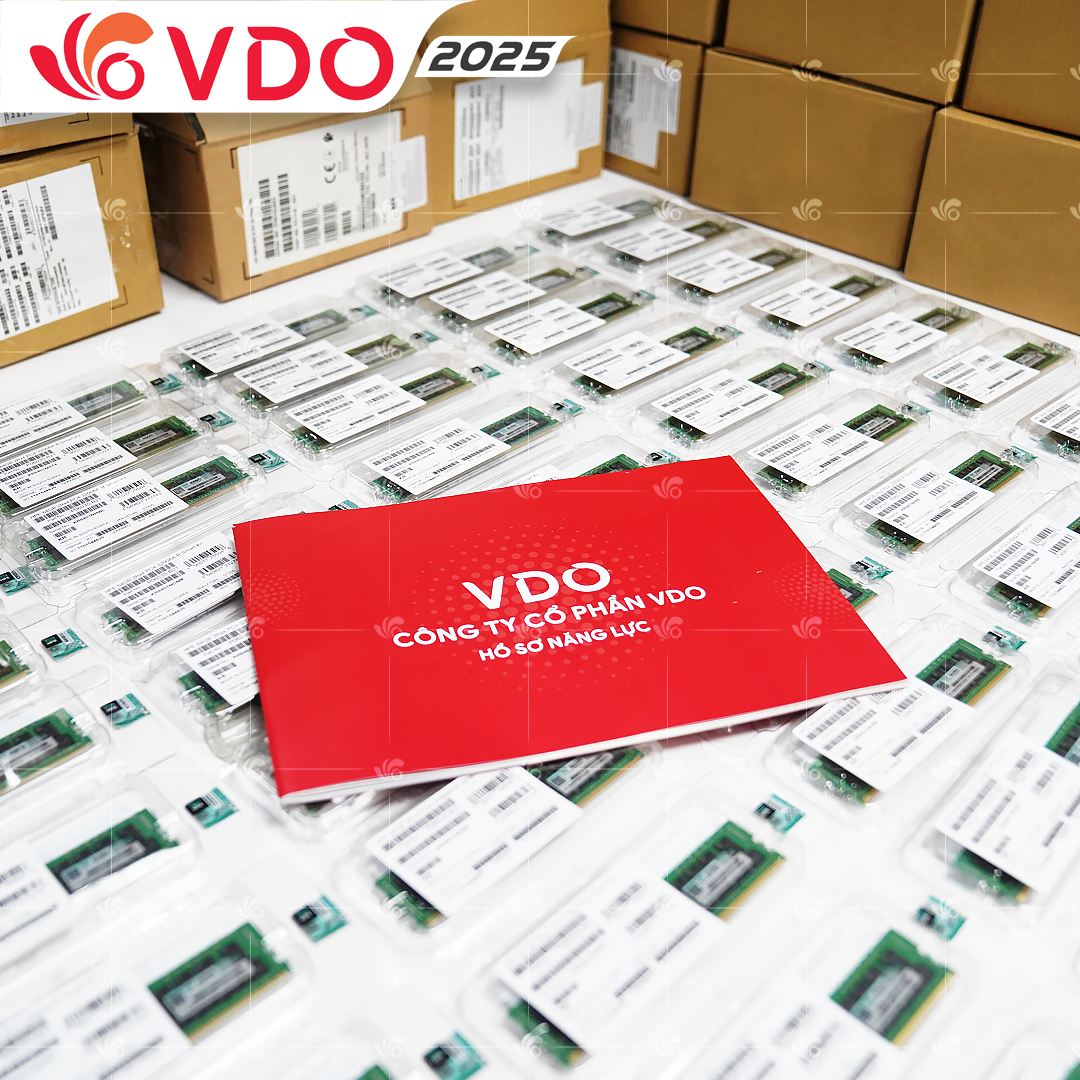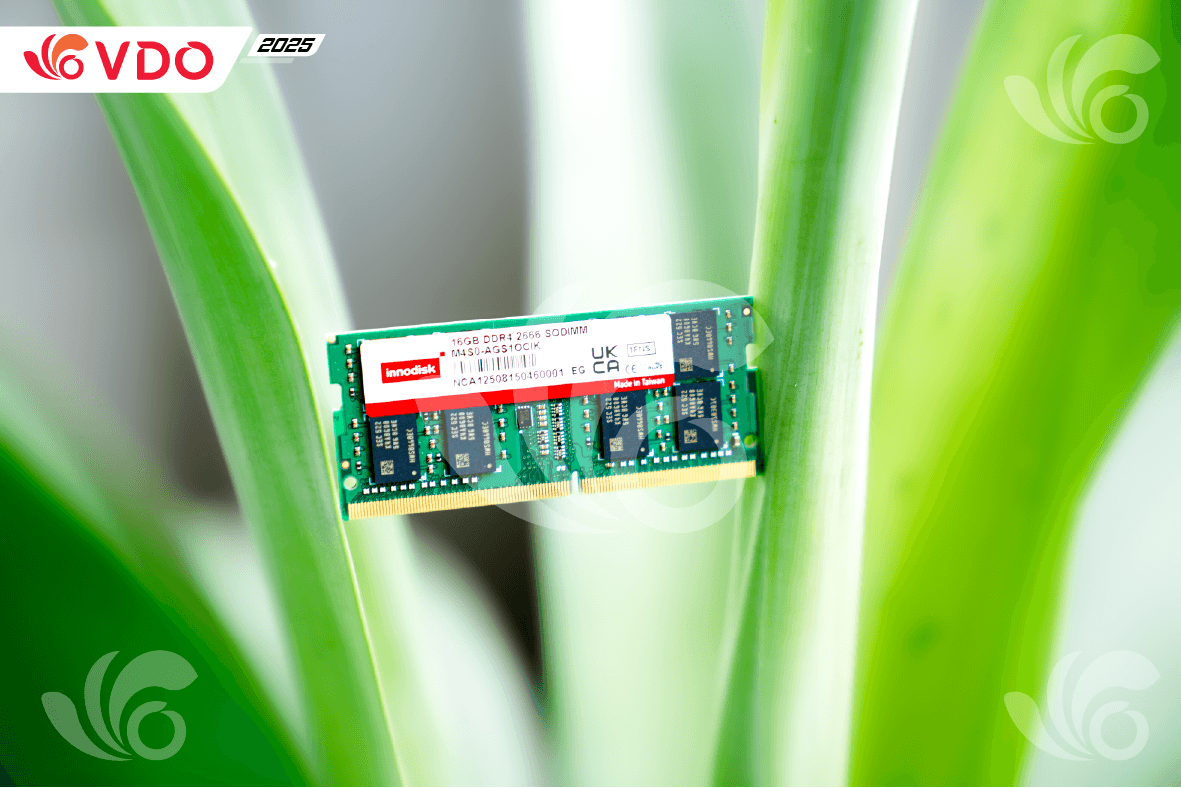Comparison Between Samsung HBM3 and HBM4 Technologies
Samsung HBM3 vs HBM4: Next-Generation Memory Architecture in Focus
Introduction to Samsung’s HBM Technology
High Bandwidth Memory (HBM) represents a major leap in memory architecture, particularly critical for high-throughput systems such as AI accelerators, high-performance computing (HPC), and graphics processing. As a global leader in memory innovation, Samsung has pioneered successive generations of HBM—from HBM2 and HBM2E to HBM3, and now, the anticipated HBM4.
This article provides an in-depth comparison between Samsung’s HBM3 and HBM4 in terms of architecture, performance, power efficiency, capacity, and real-world applications.
Overview: Samsung HBM3 vs HBM4
| Criteria | HBM3 (Samsung) | HBM4 (Samsung) |
|---|---|---|
| Data Rate | 6.4–9.2 Gbps per pin | Expected 12–16 Gbps per pin |
| Total Bandwidth | Up to 819 GB/s | Over 1.5 TB/s |
| Maximum Capacity | 64 GB per stack | 128 GB+ per stack |
| Power Efficiency | Optimized for AI/HPC | Enhanced energy reduction |
| DRAM Layers | 12-layer TSV | Up to 16-layer TSV |
| Launch Timeline | 2022 | Expected 2024–2025 |
HBM3: Foundation for Today’s AI Performance
Speed and Bandwidth
Samsung’s HBM3, introduced in 2022, set a new benchmark for high-speed memory performance, delivering up to 9.2 Gbps per pin and a peak bandwidth of 819 GB/s per stack. This capability is foundational for powering large-scale AI models such as GPT-3 and GPT-4, as well as supercomputers operating at petascale levels.
Architecture and Manufacturing
Leveraging Through-Silicon Via (TSV) technology, Samsung’s HBM3 features a 12-layer DRAM stack. This 3D integration enhances spatial efficiency and thermal performance—critical for dense compute environments.
HBM4: A Quantum Leap in DRAM Innovation
Breakthrough Performance and Bandwidth Scaling
According to recent announcements by Samsung Semiconductor, HBM4 is engineered to achieve over 1.5 TB/s in bandwidth and a data rate exceeding 12 Gbps per pin—potentially doubling the throughput of HBM3. This makes it ideally suited for next-generation workloads such as GPT-5, multilingual LLMs, and quantum physics simulations.
Advanced Design: More Layers, Lower Power
HBM4 adopts a new TSV architecture with up to 16 DRAM layers and enhanced power management. These improvements enable lower operational temperatures while maintaining ultra-high speeds, which are especially crucial for advanced AI GPUs such as NVIDIA H200 and AMD MI300X.
Samsung HBM3 vs HBM4: Side-by-Side Technical Breakdown
Overall Performance
-
HBM3: Up to 819 GB/s bandwidth; supports high-end AI accelerators like NVIDIA A100 and H100.
-
HBM4: Projected to double the bandwidth, ideal for the next generation of GPUs and TPUs.
Memory Capacity
-
HBM3: Up to 64 GB per stack (configuration-dependent).
-
HBM4: Up to 128 GB per stack or more, meeting the demands of AI models with hundreds of billions of parameters.
Power and Thermal Optimization
Both generations focus on energy efficiency, but HBM4 features architectural refinements and thermal innovations that further reduce power consumption and heat, critical for exascale systems.
Real-World Applications
| Application | HBM3 | HBM4 |
|---|---|---|
| AI/ML | ✅ | ✅✅ |
| HPC | ✅ | ✅✅ |
| GPU/TPU | ✅ | ✅✅ |
| Data Centers | ✅ | ✅✅ |
HBM4’s enhancements make it a natural choice for AI-optimized workloads, while HBM3 continues to provide reliable performance across a wide range of compute-intensive environments.
Samsung’s HBM4 Development Roadmap
Samsung Semiconductor is currently in the final development and pre-production phases for HBM4, with commercial availability targeted for the second half of 2025. Samsung is closely collaborating with key industry partners such as NVIDIA, AMD, Intel, and independent AI hardware developers to validate real-world performance and compatibility.
A strategic objective for Samsung is to position HBM4 as the de facto memory backbone for exascale AI computing platforms.
Where to Buy Samsung HBM3 and HBM4 in Vietnam
HBM3 – Commercially Available Now
Samsung HBM3 modules are currently available through leading high-tech distributors in Vietnam, including:
VDO – Official Samsung Memory Distributor in Vietnam
-
Website: https://dis.vdo.com.vn/
-
Hotline: 1900 0366
-
Email: info@vdo.vn
HBM4 – Pre-Commercial Stage
HBM4 has not yet been broadly commercialized. However, enterprise customers can contact Samsung or VDO for OEM and project-based consultations and bulk pre-orders.
Conclusion: HBM4 Represents the Future, But HBM3 Still Delivers
Samsung’s HBM4 sets a new performance and efficiency milestone in memory technology, ideal for the next wave of AI computing. However, HBM3 remains a powerful and proven solution for current-generation applications.
As the industry progresses toward exascale AI and beyond, businesses must assess their current infrastructure needs and investment capabilities to choose the memory solution best aligned with their strategic goals.
👉 Explore genuine Samsung memory products HERE
Share
Comments
( 0 comments )Your comments
Similar Posts









